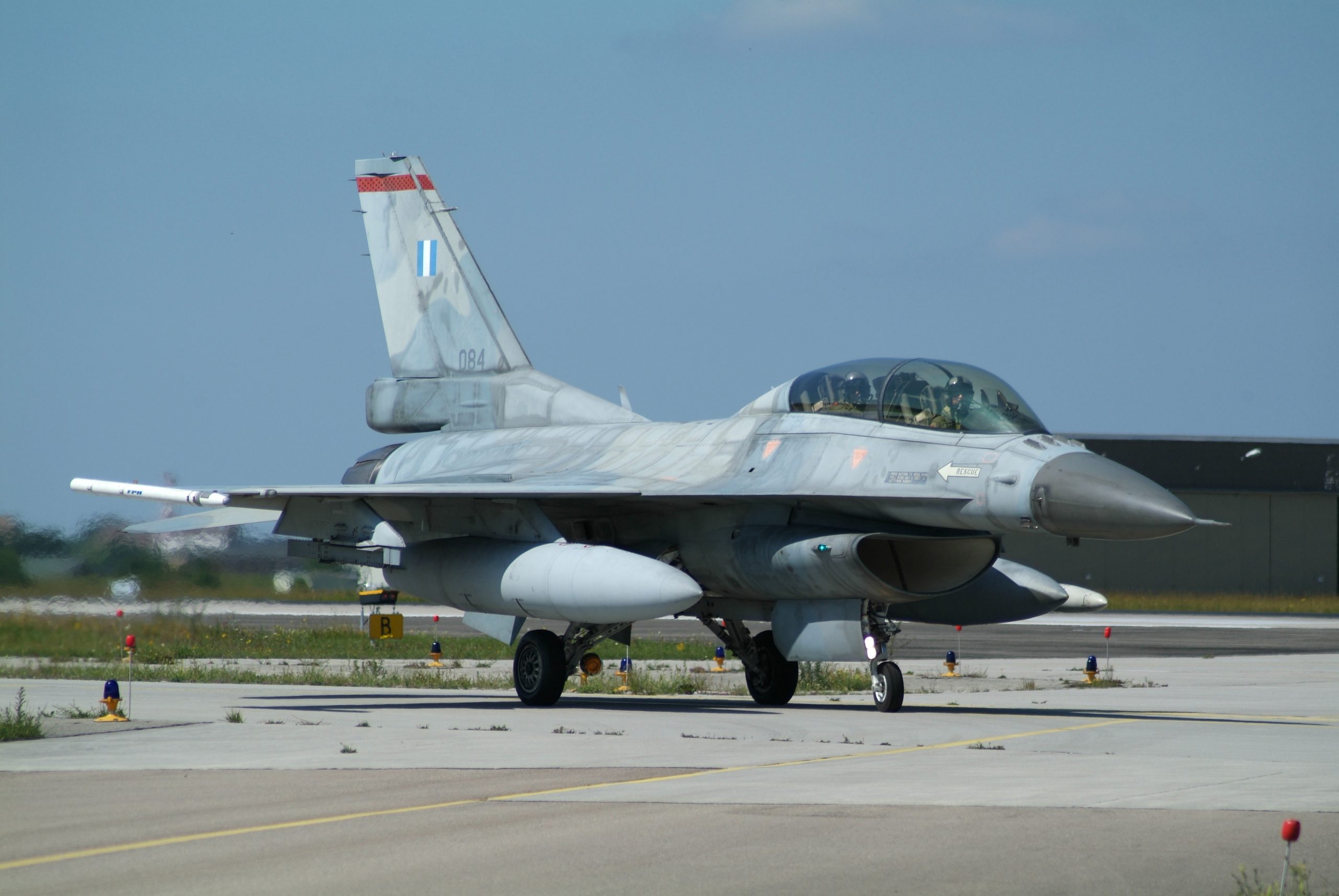
In the 1970s, when General Dynamics initiated development of what would later be designated as the F-16 Fighting Falcon, the primary focus was on equipping the aircraft to counter the top-tier capabilities of the Soviet Union. Over fifty years since its maiden flight, the F-16 finds itself potentially engaging Russian aircraft, particularly in the skies over Ukraine.
This recent turn of events has unsurprisingly elicited discomfort among Russian officials. The unveiling of the first image showcasing a Fighting Falcon adorned with Ukrainian insignia has heightened tensions. This aircraft, emblematic of American innovation, is currently produced by Lockheed Martin, a prominent figure in the aerospace industry that inherited General Dynamics’ aviation division.
Ukraine has long sought to acquire F-16s, with support from Western allies such as Belgium, Denmark, the Netherlands, and Norway committing to providing units from their own fleets. Furthermore, training programs for Ukrainian personnel are underway in various locations including the UK, Romania, the US, and Denmark.
Yuriy Ihnat, spokesperson for the Ukrainian Air Force, foresees the F-16s as prime targets for adversaries once they arrive on Ukrainian soil. Despite facing ongoing assaults, efforts are underway to bolster infrastructure and pilot training. The attention drawn to the aircraft, particularly regarding visible markings, has stirred discussions, with Russian reactions indicating heightened apprehension.
However, Russian authorities, led by President Vladimir Putin, downplay the significance of the F-16s, dismissing their potential to influence the conflict in Ukraine. This stance persists despite recent escalations favoring Russian forces.
Putin asserts that the fate of the F-16s mirrors that of Germany’s Leopard 2 main battle tanks, facing imminent destruction. Nevertheless, it’s pertinent to highlight that the Kremlin’s count of tank and aircraft losses still eclipses those of Ukraine by a significant margin.
In a firm admonition, Moscow has warned that any engagement of F-16 Fighting Falcons from NATO member territories in the Ukrainian conflict could be construed as a deliberate escalation, tantamount to de facto direct involvement in the armed conflict.
Recent interactions have seen aviators expressing profound admiration for the F-16, including a pilot operating under the alias “Phantom” who conveyed his sentiments to Voice of America. This admiration resonates among Kyiv’s aviators, who perceive the aircraft to surpass their initial expectations, envisioning it as a pivotal asset in bolstering combat aviation capabilities.
While Lockheed Martin undoubtedly welcomes such commendations, the F-16’s reputation for efficiency precedes it. Since its introduction in 1979, the Fighting Falcon has logged over 400,000 battle missions and amassed an impressive 19 million cumulative flight hours. Its versatility spans air-to-air combat, ground assault, and electronic warfare domains, with combat scenarios showcasing its remarkable agility and surpassing potential threats in range.
With over 4,600 units produced since receiving production approval in 1976, the F-16 stands as the most successful and combat-proven multi-role jet fighter to date, even as the U.S. Air Force has ceased procurement, with Lockheed Martin continuing production for international clientele.





